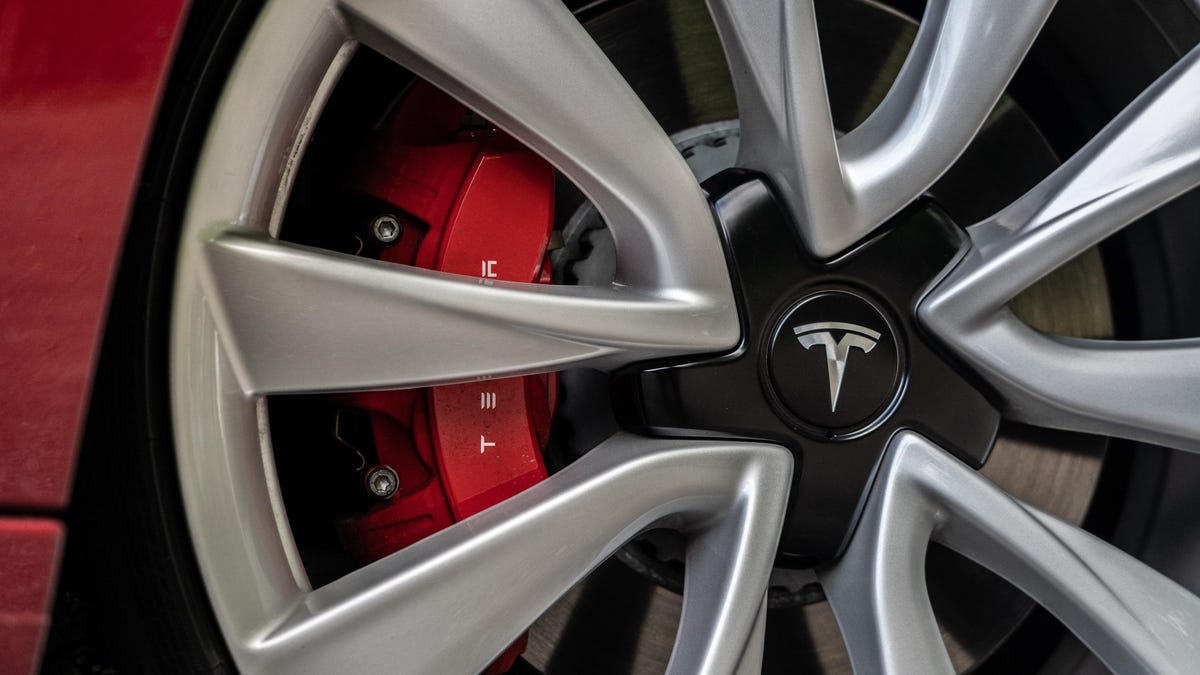Tesla sued for wrongful death after fatal crash involving Autopilot
The vehicle collided with a tractor-trailer, tearing off its roof.
Earlier this year, the family of a Tesla Model X owner who was killed in a collision when the car's Autopilot was engaged filed a lawsuit against the automaker in California state court. Now, the Fremont-based automaker has a second, similar suit to contend with.
The family of Jeremy Banner is filing a wrongful death lawsuit against Tesla , asking for damages in excess of $15,000, The Verge reports. According to NBC affiliate WPTV, the lawsuit was announced on Thursday, and it should be filed shortly in Palm Beach County, Florida. A Tesla spokesperson declined to comment.
The collision occurred on March 1. Banner's 2018 Tesla Model 3 was traveling southbound on State Highway 441 in Delray Beach when it struck an eastbound tractor-trailer. The crash ripped the roof off the Model 3 , killing Banner.
According to the NTSB's preliminary report, Banner engaged Autopilot approximately 10 seconds prior to the collision, and the system did not detect the driver's hands on the wheel "from less than 8 seconds before the crash," the report states. The report says the vehicle was traveling about 68 mph before the collision, 13 mph over the posted limit. The NTSB notes that both data and videos show that neither the car nor the driver initiated any sort of evasive maneuver prior to the crash. The investigation is still ongoing.
The crash has parallels with another, similar collision that also claimed the life of a Tesla driver. In May 2016, Joshua Brown's Model S collided with the side of a tractor-trailer, killing him. The resulting preliminary report from the NTSB did not find Tesla at fault, and it also refuted claims that Brown had been watching a movie just before the crash.
According to the NTSB's preliminary report, Banner engaged Autopilot approximately 10 seconds prior to the collision, and the system did not detect the driver's hands on the wheel "from less than 8 seconds before the crash," the report states. The report says the vehicle was traveling about 68 mph before the collision, 13 mph over the posted limit. The NTSB notes that both data and videos show that neither the car nor the driver initiated any sort of evasive maneuver prior to the crash. The investigation is still ongoing.
The crash has parallels with another, similar collision that also claimed the life of a Tesla driver. In May 2016, Joshua Brown's Model S collided with the side of a tractor-trailer, killing him. The resulting preliminary report from the NTSB did not find Tesla at fault, and it also refuted claims that Brown had been watching a movie just before the crash.
Banner's family is the second family to file a lawsuit against the automaker. Earlier this year, the family of Walter Huang sought damages from the automaker due to perceived negligence on Tesla's part. Huang's Model X collided with a highway barrier while Autopilot was active in Mountain View, California. Following the crash, Tesla issued a statement casting blame on Huang while simultaneously touting the benefits of its system, although the NTSB's preliminary report pointed to several contributing factors.


